August 28, 2025
Customer-Centricity
Overview
What is the core
purpose of marketing?
Marketing’s Purpose
Acquire, retain, and develop customers who maximize the organization’s capability to achieve its financial objectives and sustain its competitive advantage.
The Marketing Mix (4Ps) is our starting point
- Product
What we offer
(features, quality, design, brand) - Price
What we charge
(pricing strategy, discounts, payment terms) - Place
Where/how we sell
(distribution channels, locations, accessibility) - Promotion
How we communicate
(advertising, sales, PR, digital)
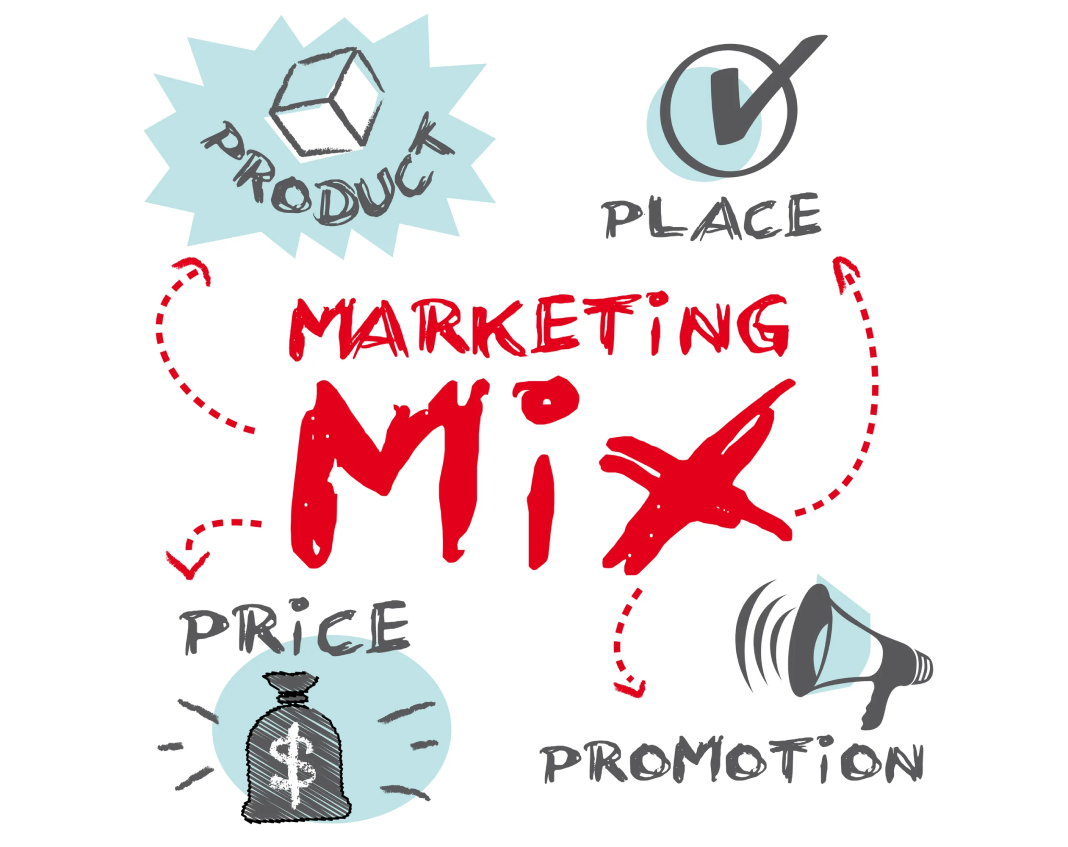
But CRM is the Long Game
Customer Relationship Management (CRM) is the practice of designing and delivering programs that increase the value of customers to increase the value of the firm.
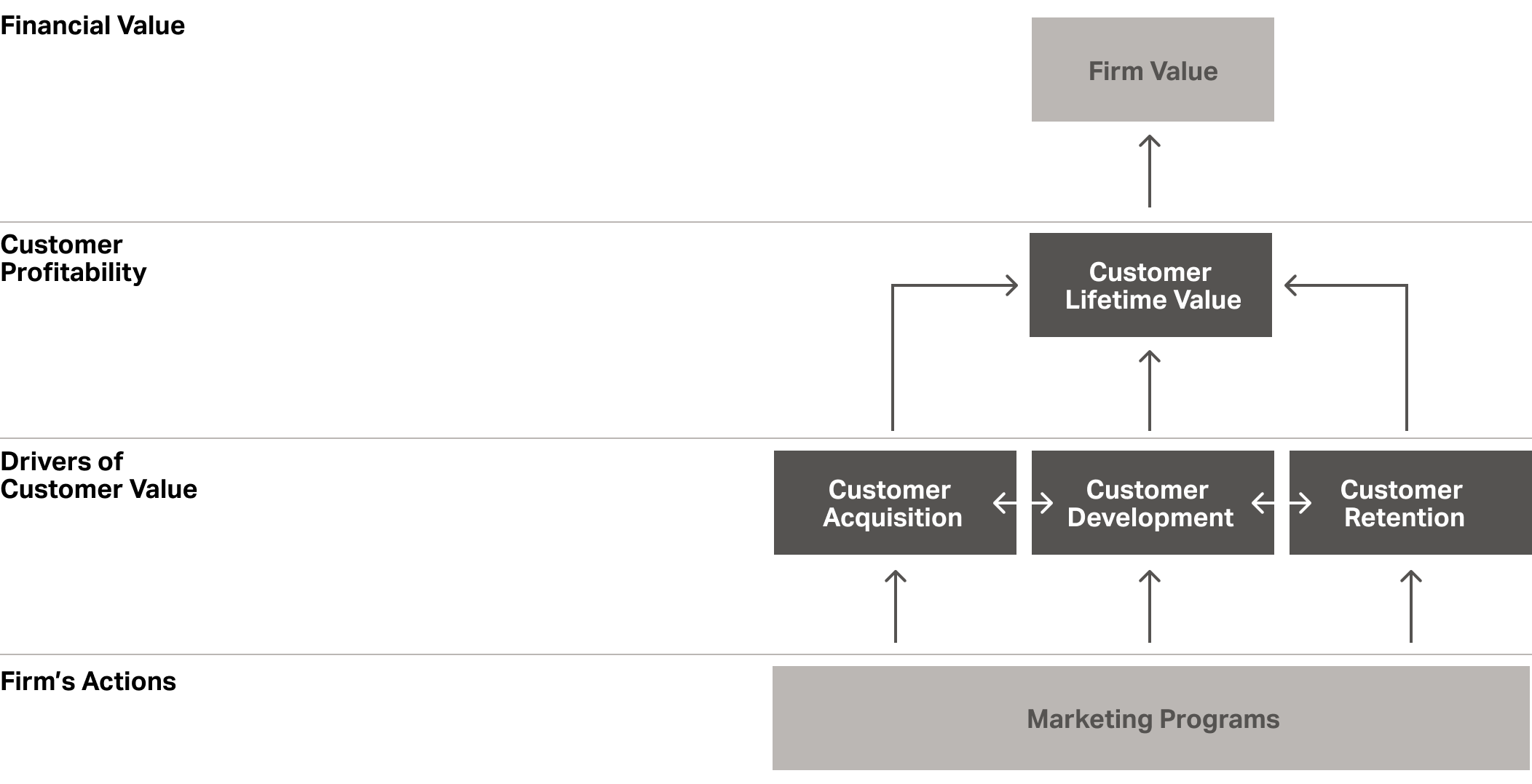
How should we measure
marketing performance?
CMOs are Bullish on Marketing Analytics Investment

But Give Average Marks on Effectiveness

Chasing the
(marketing analytics)
squirrel
Photo Credit: Midjourney
Metric-Centricity
The reason many marketing analytics investments under-perform is because they’re either measuring the wrong thing or they’re too short-term oriented.
Customer-Centricty
A strategy that aligns development and delivery of a company’s products and services with current and future needs of a select set of customers in order to maximize long-term financial value to the firm.
Creating Customer-Centricity
Managing Customer-Centricity
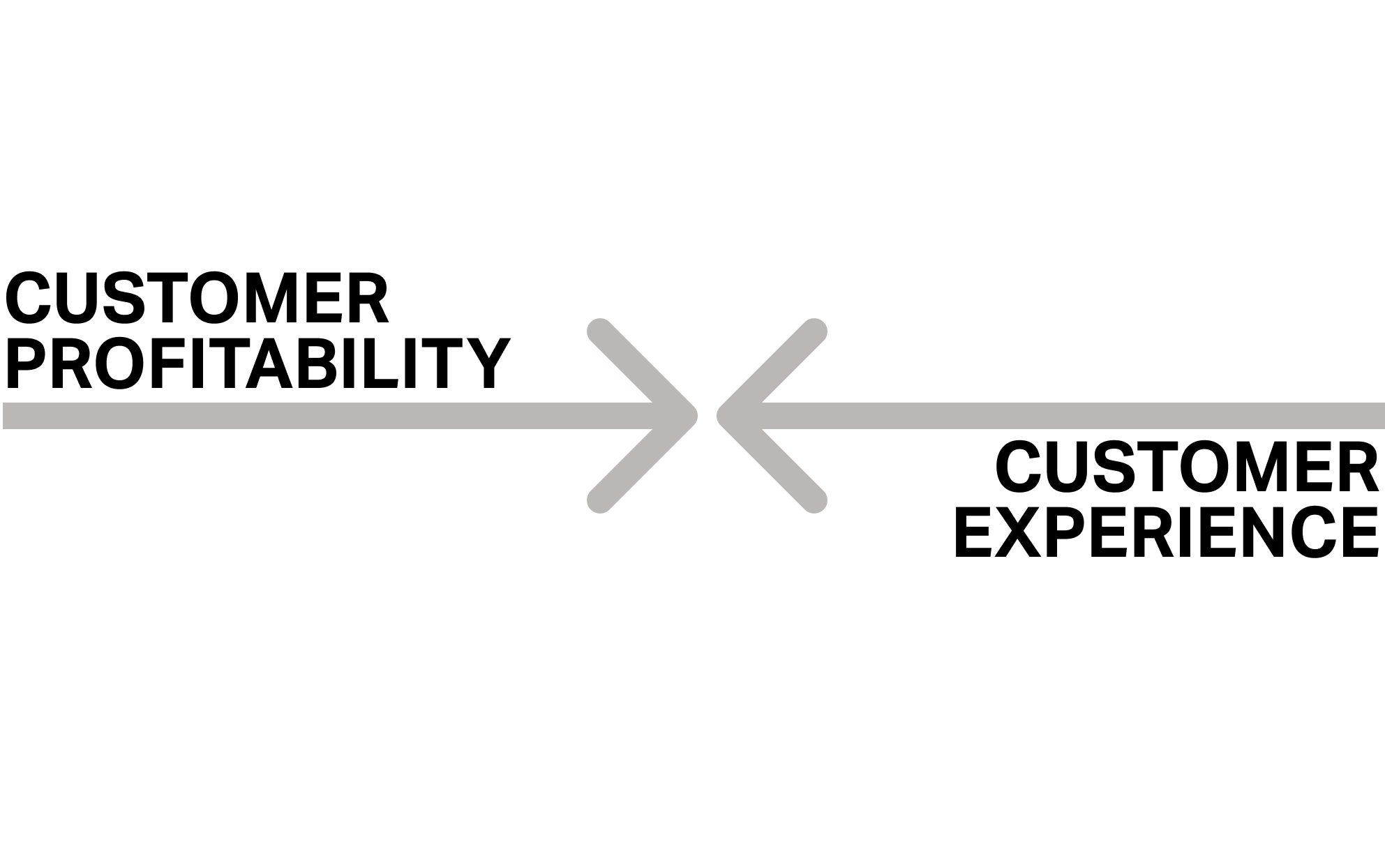
How many resources are used to acquire and retain good customers vs. others?
Customer profitability
The difference between revenues earned from the customer relationship and any associated costs over a specific period.
What counts as “associated costs”?
- Direct cost of products and services consumed
- Indirect service costs–customer support, returns, etc.
- Acquisition costs
- In some instances, dedicated labor costs
(i.e., account rep)
Customer experience
The degree to which customers are satisfied and enjoy their buying journey.
Customer Perceived Value
Common Experience Metrics
- Customer satisfaction (CSAT)
- Churn
- Intent to purchase/repurchase
- Net Promoter Score (NPS)
Psychological Drivers
To become truly customer-centric, we have to focus on the psychology that underpins choice and usage patterns.
How do
customers choose?
And how do we research and measure the psychology of choosing?
The Customer Buying Journey

The Customer Buying Journey

Measuring Recognition

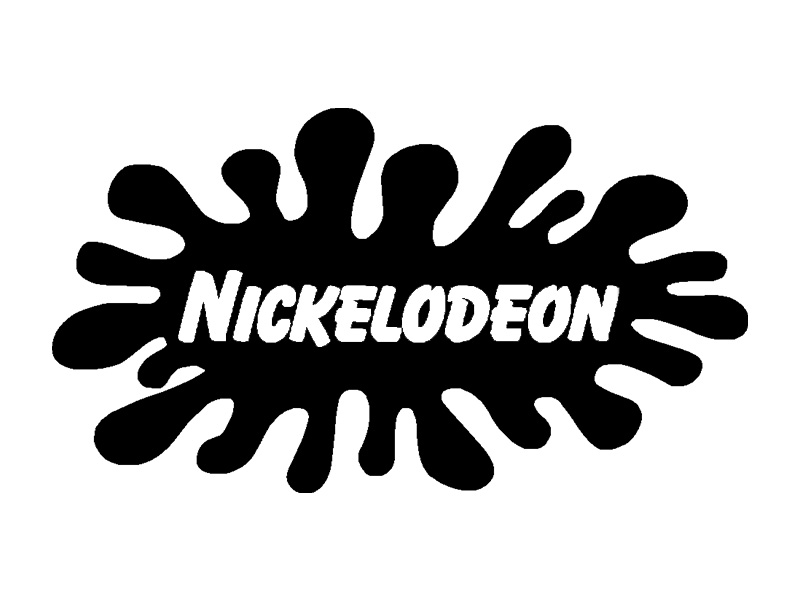
The Customer Buying Journey

The Customer Buying Journey

The Customer Buying Journey

The Customer Buying Journey

The Customer Buying Journey

NPS
What Does and Doesn’t Get Measured

What is the Difference Between a Customer
and a Consumer?
Customers, Buyers, and Users … Oh My!

The Classic CBJ is Focused on Customers and Very Rational
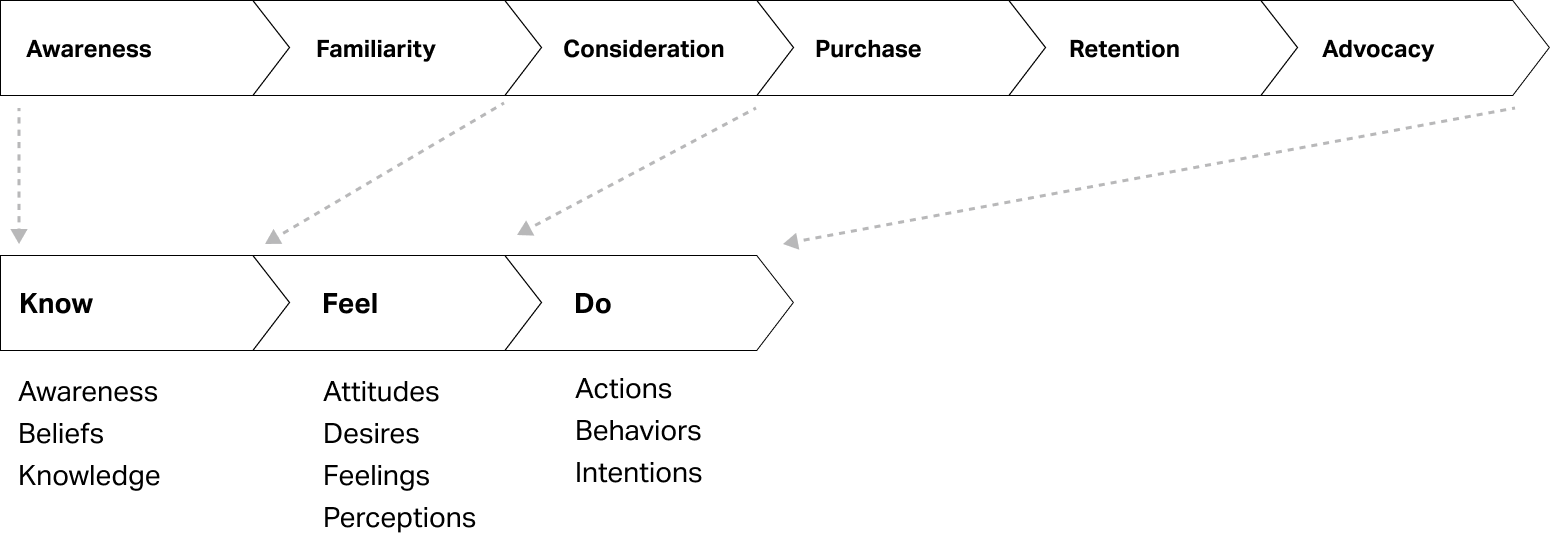
The Utilitarian Model

Would you ever expect this to be the process?

The Hedonic or Ego-Expressive model
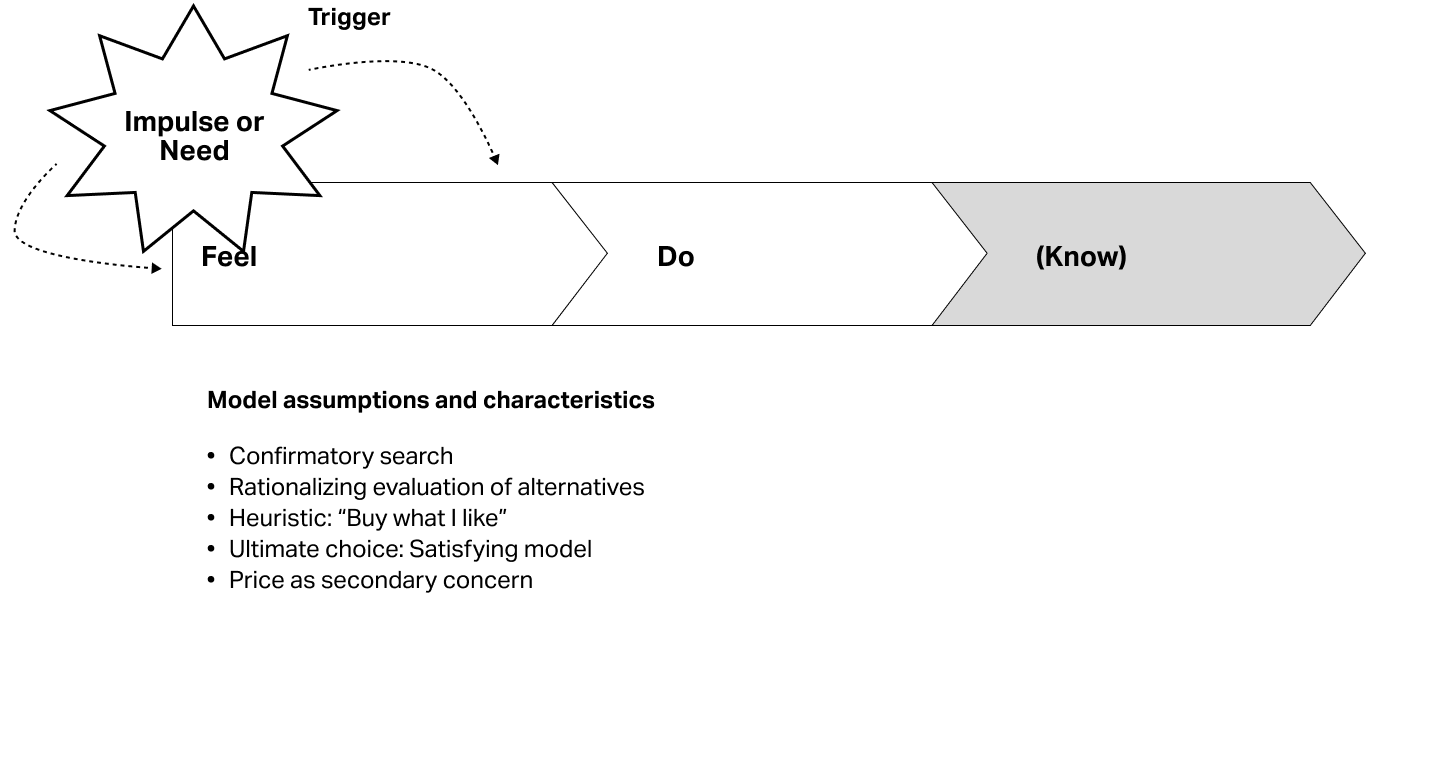
When woul you expect this to be the process?

The Low-Involvement or Habitual Model

Choice Models
Keep in mind that each of the models we discussed so far are related to the customer behavior of choosing.

Contextual Examples
Where would you place Disney+, Snap, and SoulCycle?
But what about usage?
Usage Models are Critical to Managing Customer Relationships

Ensuring Customer Continuity

Group Project Teams
Class Poll

